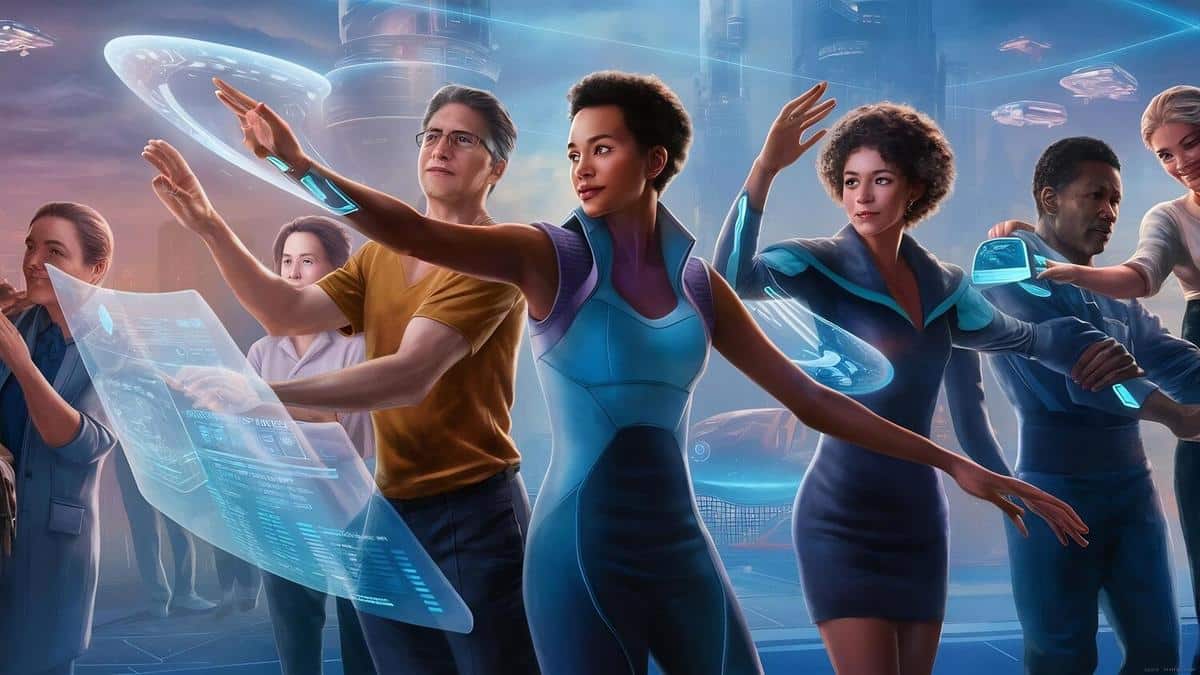
The Evolution of Dance in the Modern Era
Dance has always been a dynamic form of expression, evolving through time to reflect cultural shifts and societal changes. As we delve into the modern era, dance continues to transform, integrating technology and new artistic influences to captivate audiences worldwide.
The Modern Dance Revolution
Modern dance has undergone a remarkable transformation, blending traditional techniques with contemporary innovations. This evolution has been shaped significantly by influential choreographers and dancers who have pushed the boundaries of what dance can convey.
Influential Voices in Dance
Renowned dance critic and historian, Anna Kisselgoff, once noted, “Dance is the hidden language of the soul of the body.” This sentiment is echoed by many in the dance community who see the art form as a powerful medium for storytelling and emotional expression.
Impact of Technology
Technology has played a pivotal role in the evolution of dance in the modern era. From digital choreography tools to augmented reality performances, technology enables dancers to explore new dimensions. According to a report by the International Association for Dance Medicine & Science, over 70% of dance companies now incorporate some form of technology in their productions.
Personal Stories and Examples
Consider the story of Marcus, a contemporary dancer who integrates digital projections into his performances. He shares, “Using technology allows me to create a more immersive experience for my audience, blurring the lines between reality and imagination.”
Tips for Aspiring Dancers
- Embrace new technologies and incorporate them into your practice.
- Study a variety of dance styles to enhance your versatility.
- Network with other professionals to stay updated on industry trends.
Pro Tip: Collaborate with multimedia artists to expand the creative possibilities of your performances.
Comparing Dance Styles
| Dance Style | Characteristics | Notable Figures |
|---|---|---|
| Contemporary | Expressive, fluid | Martha Graham |
| Hip Hop | Rhythmic, energetic | Rennie Harris |
| Ballet | Structured, graceful | Mikhail Baryshnikov |
| Jazz | Lively, improvisational | Bob Fosse |
| Modern | Experimental, non-traditional | Isadora Duncan |
| Tap | Rhythmically percussive | Fred Astaire |
| Ballroom | Partnered, formal | Pierre Dulaine |
| Folk | Cultural, traditional | Varies by region |
Frequently Asked Questions
What are the key elements of modern dance?
Modern dance focuses on freedom of movement, expression, and the use of the body to portray emotions.
How has technology influenced dance?
Technology has expanded the creative possibilities in dance through digital choreography and virtual performances.
Can anyone learn to dance?
Yes, with dedication and practice, anyone can learn dance regardless of age or experience level.
Conclusion
In summary, the evolution of dance in the modern era is a testament to the art form’s adaptability and resilience. By embracing technology, learning from influential figures, and exploring various styles, dancers can continue to innovate and inspire. As the world of dance evolves, it offers endless opportunities for creative expression and connection. Whether you’re an aspiring dancer or a seasoned professional, the key is to remain open to new ideas and continuously seek growth.


